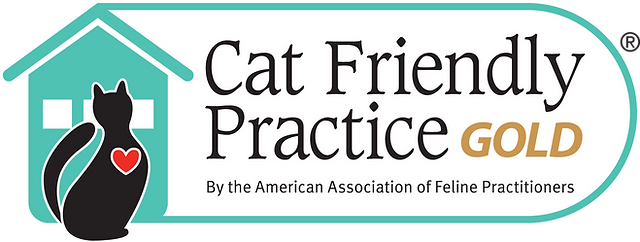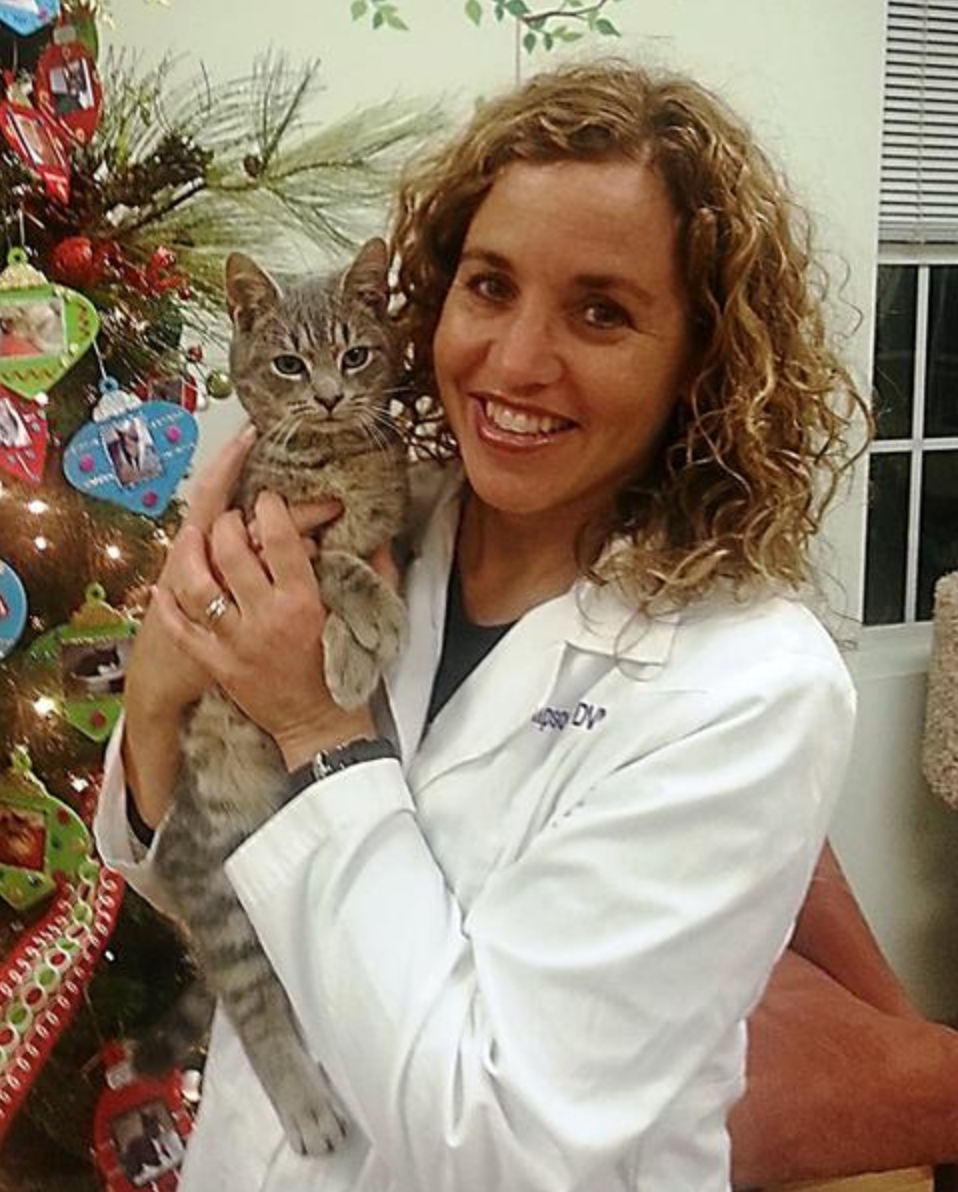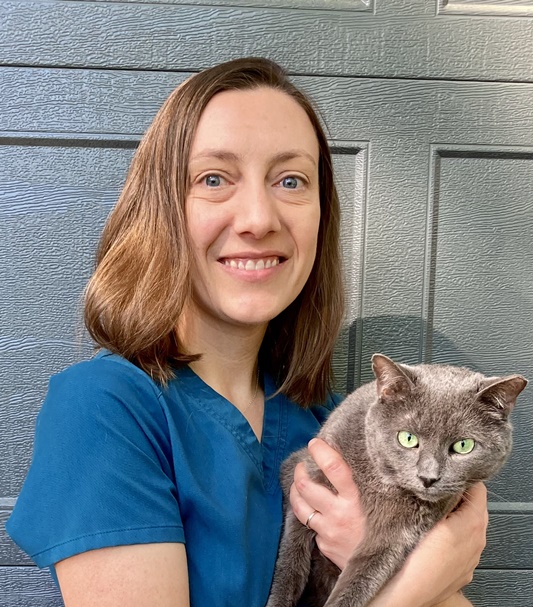MORRISVILLE, NC
Welcome To The Morrisville Cat Hospital
The Morrisville Cat Hospital is a full-service veterinary hospital exclusively for cats.

About Morrisville Cat Hospital

Our Veterinary Services
At Morrisville Cat Hospital in Morrisville, NC, we offer a variety of services to care for your cat.
Our Mission
Morrisville Cat Hospital is a feline-exclusive veterinary hospital whose mission is to provide compassionate and superior feline veterinary medicine while providing exceptional client service based on a whole-team approach. We strive to exceed our client’s expectations by providing transparent, individualized care that treats each of our feline patients physically and emotionally. We specialize in gentle handling and restraint techniques in a low-stress atmosphere where our patients often enjoy their vet visits! Our doctors and staff are a team of individuals working with our clients to provide the highest quality of feline medicine and customer service.

Morrisville Cat Hospital is a feline-only veterinary practice. We believe cats are exceptional animals who deserve special care.
To achieve this, we:
For our cats
- Provide individualized care for every cat, taking into account their health concerns and what they can handle emotionally and physically to provide the best treatment plan for each patient
- Treat the whole cat, both physically and emotionally, and promote preventative care
- Use innovative handling and pain management techniques to reduce stress and increase comfort for our patients (and their loved ones!)
For our staff
- Use a team approach
- Empower staff members through ongoing professional development and opportunities to grow within the practice
- Take pride in providing a level of care that exceeds the industry standard
For our cats’ families
- Collaborate with owners to provide the best care suited for their cat and family
- Educate our clients so they can be an involved part of the team, helping to make informed decisions about their cats’ care
- Promise timely and accurate upkeep of records and billing
For the field of veterinary medicine and our community
- Participate in clinical studies that can benefit our patients and provide important data to benefit cats down the road
- Work with NCSU College of Veterinary Medicine and their students to provide shadowing and learning opportunities
- Provide support to local animal rescue partners
Meet Our Veterinary Team
Dr. Chris Simkins was born and raised in Greensboro, N.C., and has lived in North Carolina his entire life. He received his bachelor of science and his master’s degree in animal science from N.C. State. Chris also attended N.C. State for veterinary school graduating with the class of 2020.
Dr. Kim Camacho grew up in Hillsborough, N.C., and is proud to call herself a native North Carolinian. She attended Texas A & M University for her undergraduate degree in marine biology, then returned to the state and graduated in 1993 from NCSU College of Veterinary Medicine.
Dr. Beth Hraban grew up in Nebraska and knew from a very early age that she wanted to be a veterinarian. She obtained a B.S. degree in veterinary science from the University of Nebraska-Lincoln in 2004 and then attended veterinary school at Kansas State University, graduating in 2008.
Our Reviews
Your kind words truly mean a lot to us. We appreciate you letting us look after the cat you love.
I wish there was a 10 starts because you guys deserve more than that. Every other vet had basically gave out on my cat Mia but you guys showed real concern on her health and finally she is about to be on treatment! Thank you for your genuine care! You guys are amazing!
Absolutely love this vet office! The whole staff is amazing – it’s evident they love what they do. Whenever I have questions/concerns they’re always happy to help. Dr. Chris is very thorough and does a great job of explaining things. I’m always at peace knowing my kitties are in great hands!





